French Riviera Weather Check
Average min/max air temperature: 40/84°F (4°C/29°C).
Average min/max water temperature: 55/79°F (13/26° C)
Sunshine: 2,700 hours a year
Rainfall: 28 in (700 mm)/year
Without doubt, these 60 kilometers of coastline are among the most iconic in the world. France’s Côte d’Azur is internationally renowned for the artists, celebrities and palaces that have shaped its legendary status. This sailing area, easily accessible all year round, also has other assets, starting with the Côte d’Azur region, bathed in light and culture. Sun-drenched anchorages set against a backdrop of snow-capped mountains in winter and spring, tropical gardens and beautiful coastal paths are just some of the reasons to plan a cruise to this coastline, which has undoubtedly been blessed by the gods.
The name Côte d’Azur was coined by the poet Stéphen Liégiard in 1887, in reference to the deep azure hue revealed by the sea from the hills along the shore. This stretch of Mediterranean coastline quickly became a holiday destination reserved for the most privileged thanks to the development of a number of glamorous seaside resorts. The Côte d’Azur’s mild climate and sunny winters attracted the aristocracy and the wealthy from the mid-nineteenth century onwards. Then, with the fashion for sea bathing at the beginning of the 20th century, the French Riviera became attractive virtually all year round - often for medical reasons - thanks to the particularly pleasant water temperature from May to November. Today, the rich architectural and cultural heritage resulting from Italy’s long presence here, combined with the vibrancy of tourism and economic activity over the last century and a half, make it a destination not to be missed. A number of sites are listed as World Heritage Sites. Gardens of plants and flowers, museums and exhibitions by great artists, prestigious castles and villas, colorful local fruit markets and the abundance of gastronomic delights promise unforgettable moments. In early spring, sports enthusiasts can even go skiing one day and then swim the next.
Sailors will appreciate the virtual absence of currents and the generally mild weather. The crew will enjoy warm or even very warm water at every anchorage. As you can see, a cruise on the Côte d’Azur means guaranteed relaxation in turquoise waters, unlimited water sports and a real immersion in the history, luxury and ambience of the resort...
With its multitude of capes, islands, bays and more or less sheltered coves, there’s always a way to find an anchorage well sheltered from the prevailing east or west winds. At the height of summer, from July 15 through late August, it can nevertheless become complicated to find a place to moor, despite the many buoys available. During this period, even though there are 15,000 berths available, including over a thousand visitor berths, the ports and marinas of the Côte d’Azur are quickly saturated. But in spring and autumn, the weather can be wonderful for cruising up and down the coast. In these conditions, you’re in for some idyllic sailing. Here’s a program you could complete in a week:
Day 1
Arriving from the west, make Théoule-sur-Mer your first anchorage. The beaches of fine sand and red rock creeks are often delightful to swim in, as most of the water is perfectly sheltered. The Château de La Napoule, bought in 1918 by the Americans Marie and Henry Clews, is well worth a visit. In Mandelieu, you can enjoy hiring an Overboat from the pontoons of the Ilot du Golf hotel.
Day 2
A few miles further on, drop anchor in the Bay of Cannes. There, you can do a little shopping on Rue d’Antibes, then stroll along the famous Croisette and finally treat yourself to a snack at the prestigious, recently renovated Carlton Hotel. Don’t hesitate to explore Grasse (30 minutes by taxi) and visit the perfume museums. Then head off to anchor between the Lérins islands - a must-see spot on the Côte d’Azur. At the end of September here, you can admire the 150 classic yachts that participate in the Régates Royales.
Day 3
Time to discover the next bay. In Juan-les-Pins, the Art-Deco inspired Belles Rives hotel was home to the American intelligentsia who had plenty of time on their hands after the First World War... and it was here that water-skiing became popular. Lessons can still be taken from the school’s pontoons. Head for Antibes - in early June, you can also admire the classic yachts at the Voiles d’Antibes. The old town of Antibes with its restaurants is a must for the evening.
Day 4
Depending on the weather, you can stop for lunch and then spend the night on either side of the Cap d’Antibes in a well-sheltered cove. Magnificent little beaches await you - take care to respect the bathing areas during the summer months. To the south-west of the cape, the 5-star Hôtel du Cap-Eden-Roc overlooks the turquoise waters just before the Argent-Faux cove and the Baie des Milliardaires - quite a program!
Day 5
Around fifteen miles to the north-east, you enter Villefranche Bay. This anchorage is just a ten-minute bus ride from Nice’s famous Flower Market - a city which deserves at least a day’s visit in itself. The royal port of La Darse was built in the 16th century, at the same time as the citadel. It was listed as a Historic Monument in 1991. This prestigious heritage does not prevent the Bluenery Academy from offering an introduction to snorkeling. You can also climb up to Eze-Village (429 m above sea level) and admire the magnificent - and even breathtaking - views over the coastline. On a clear day, you can even see Corsica. You can also anchor at Saint-Jean-Cap-Ferrat if the wind isn’t blowing from the east. Whatever you do, don’t forget to take the customs path (Sentier des Douaniers) around the peninsula.
Day 6
Continuing on towards Italy, you will pass the Principality of Monaco before anchoring in the bay of Roquebrune, just off Cap Martin. On the esplanade of the railway station close to the shore, the Cap Moderne hangar houses an exhibition dedicated to a visit to architect Le Corbusier’s Cabanon, a UNESCO World Heritage site. Climbing up the hill, you will discover some astonishing terraced gardens.
Day 7
The bay of Menton is not very convenient for anchoring, so it’s best to find a place on the pontoons of one of the two ports. The hilltop town is particularly colorful, and its Italian architectural and historical heritage is superb. Maison Gannac, in the shopping street, will be delighted to explain the recipes for the famous local lemon - celebrated every year at the beginning of March.
Tucked away in the south-east quarter of France, between the Alps and Italy, the French Riviera lies at 43 degrees north latitude. The area is not very large, but it is fairly densely populated, with 660 inhabitants/square mile (the French average is 275 inhabitants/mi²). The coastal strip accounts for 97% of the population. The number of visitors and tourists averages 200,000 a day. With 48% of international visitors, tourism accounts for 15% of the local economy, compared with an average of 7.5% in France.
Population: just over one million inhabitants
Surface area: 4,299 km²
Languages: French - English is widely spoken
Time zone: UTC/GMT + 1 hour in winter + 2 hours in summer
Local currency: euro. Credit cards from all major providers (MasterCard, Visa, Visa Electron, Maestro, Cirrus, American Express) are accepted in most hotels, restaurants, shops and shopping centers. And you’ll have no problem withdrawing money from ATMs.
Getting there:
By air
Nice is France’s second-largest airport after Paris, with 43 countries served, including 112 destinations on direct flights. 56 airlines are represented, so there’s every chance of finding a flight, even with a change in Paris, which is only one and a half hours away.
By train
5 hours from Paris Gare de Lyon
Locally:
The local transport network is very dense: you can count on 3 tram lines in Nice, 175 bus and coach lines and finally the TER trains (Regional Express Transport) which runs along the coast.
Formalities:
A valid passport or identity document is required on entry for citizens of one of the member countries of the European Economic Area (EEA) without the need for any other special formalities. For other nationalities, a valid visa or residence permit is required.
Weather and sailing conditions:
With its warm summers and mild winters characteristic of the Mediterranean climate and over 300 days of sunshine a year, the Côte d’Azur is one of the sunniest regions in France. In August, temperatures rise to an average of 82°F/28°C in Nice. In winter, they hover around 57°F/14°C during the day. There are few rainy days throughout the year. In summer, especially in July and August, the weather is fine, so rain is even rarer. There can be very hot spells, with highs of around 95°F/35°C, but fortunately sea breezes blow along the coast. In autumn and spring - and more rarely in winter - there can be periods of heavy rain lasting a few days. Snowfall and frosts are very rare. Sailing is fairly easy, with currents not exceeding half a knot. The Mistral does not really affect this area, except when this wind is backed up by the Tramontana - in which case you may experience a strong westerly wind. The numerous and sometimes long periods of calm can mark a transition to easterly gales, which frequently bring rain. Formed by a low-pressure system over the Gulf of Genoa, these low- pressure systems are worth anticipating as they can be quite violent. The good news is that these easterly systems do not set in during the summer. In summer, you have to wait until midday for the thermal wind to pick up. It can sometimes be quite strong, but the fan «switches off» every evening at around 6pm.
Average min/max air temperature: 40/84°F (4°C/29°C).
Average min/max water temperature: 55/79°F (13/26° C)
Sunshine: 2,700 hours a year
Rainfall: 28 in (700 mm)/year
- Seaways Yachting is based in Golfe-Juan, but the base is in Saint-Raphaël, an hour’s drive from Nice airport or the TGV station.
- Tendance Voile offers the brand’s full range of sailing and motor catamarans, departing from Les Marines de Cogolin.
- Escapade d’Azur offers day trips from Antibes on its Lagoon 560, which is ideal for receptions.
If you opt for the ultimate in luxury, ATI Yachts in Cannes offers all kinds of services on luxury catamarans such as Sunreef Yachts with a skipper, hostess and even a chef for a dream vacation.
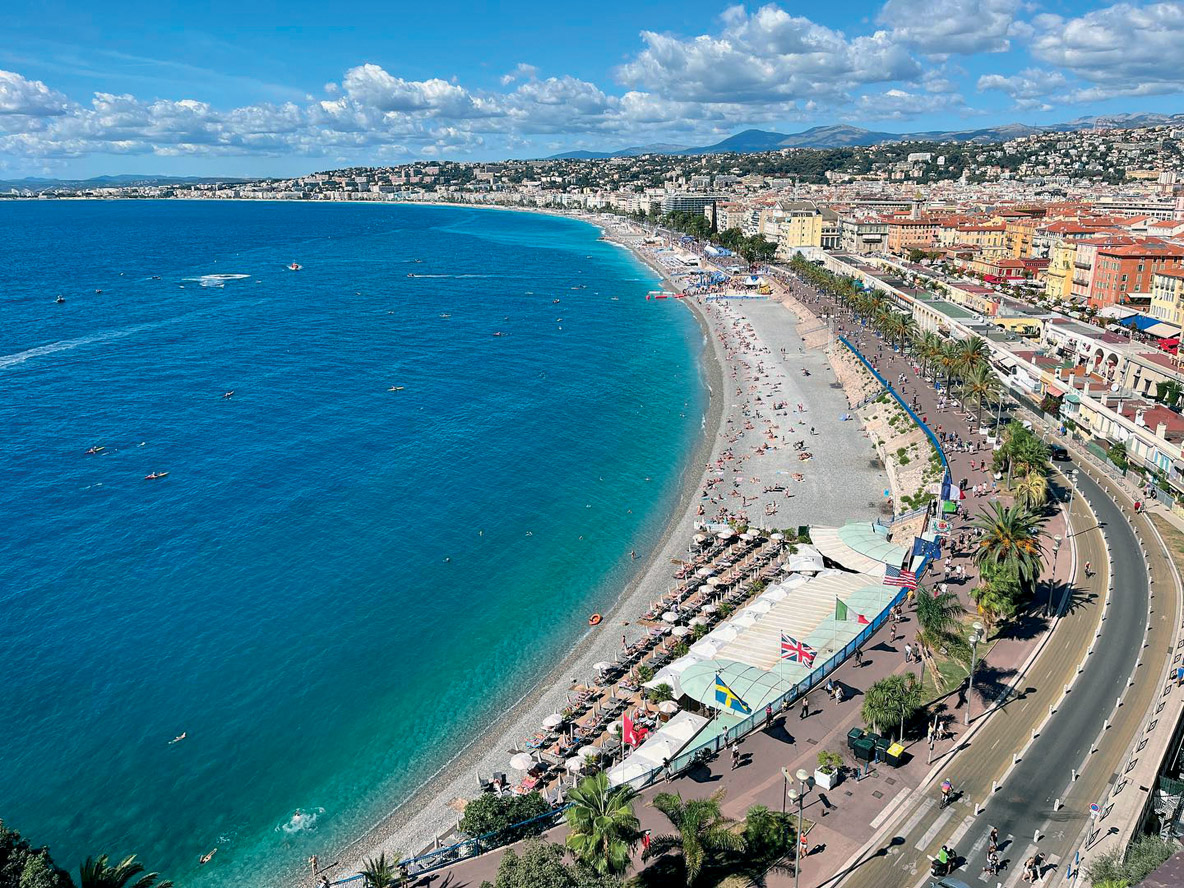
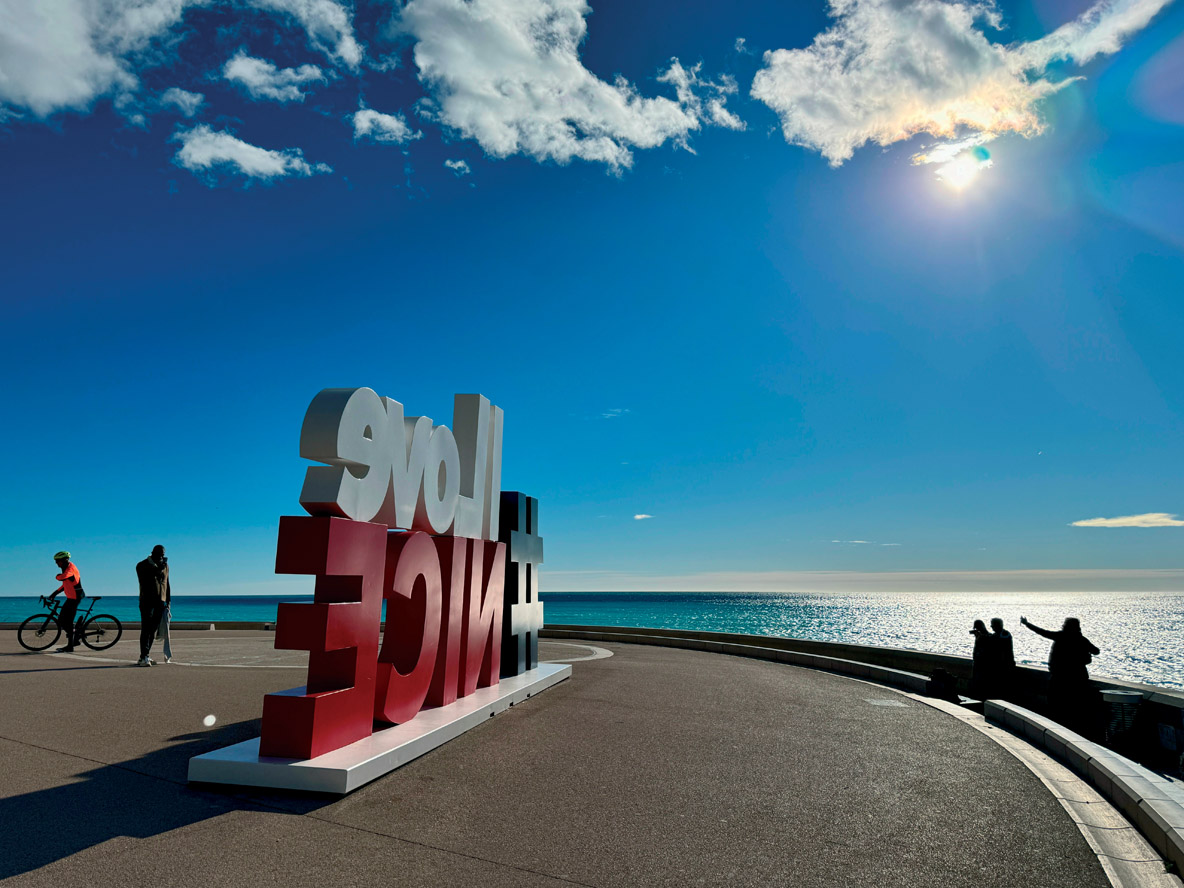

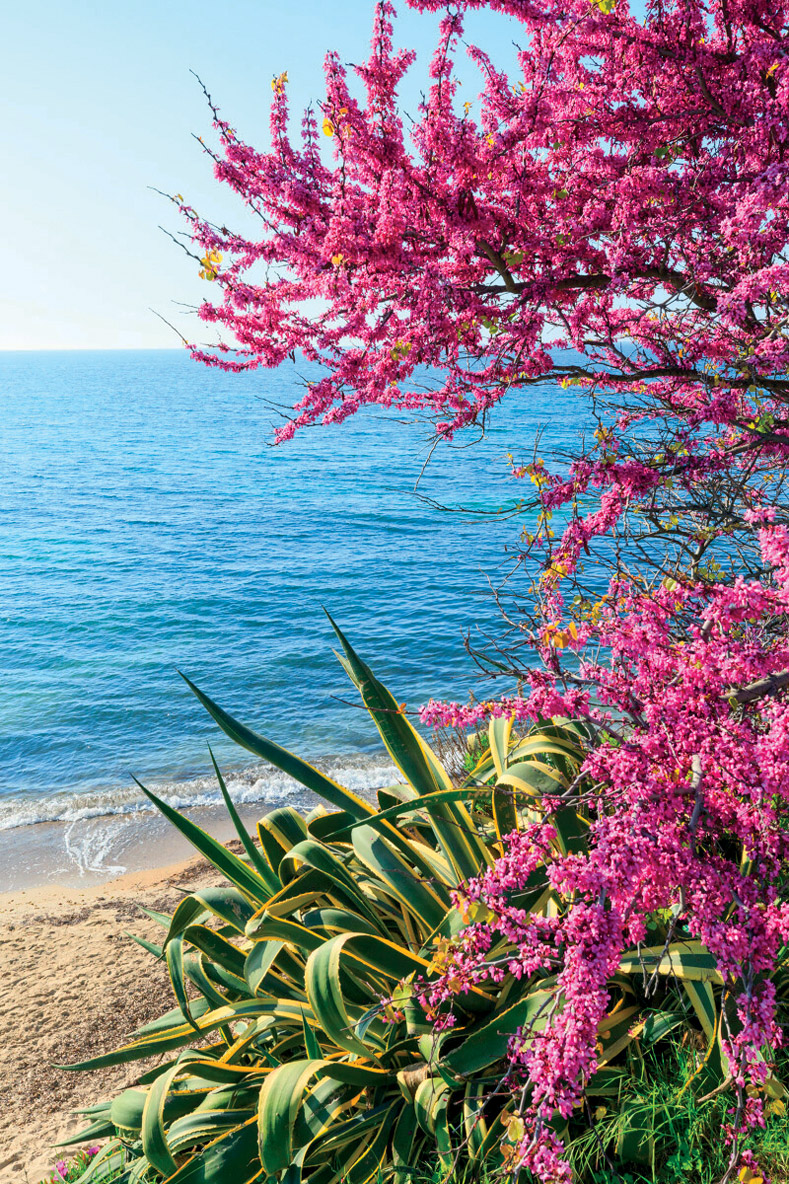
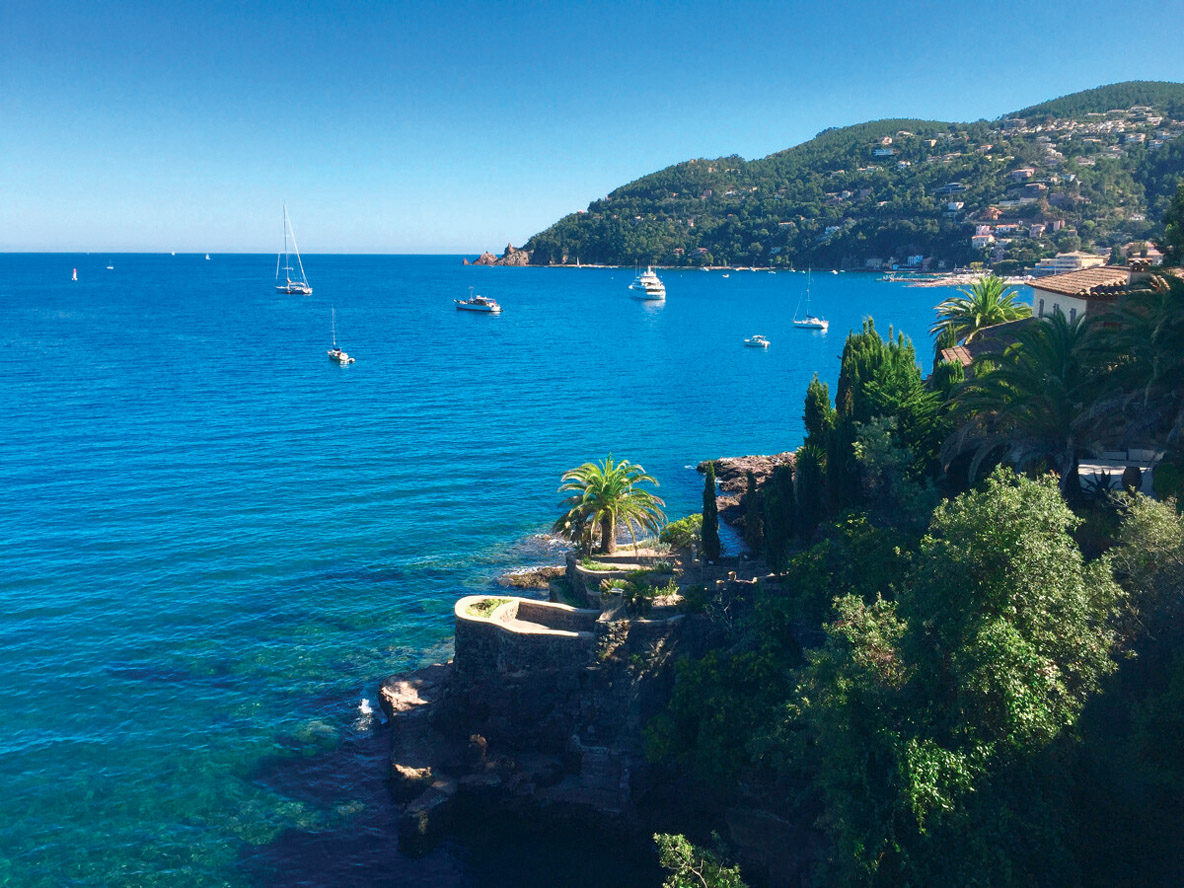
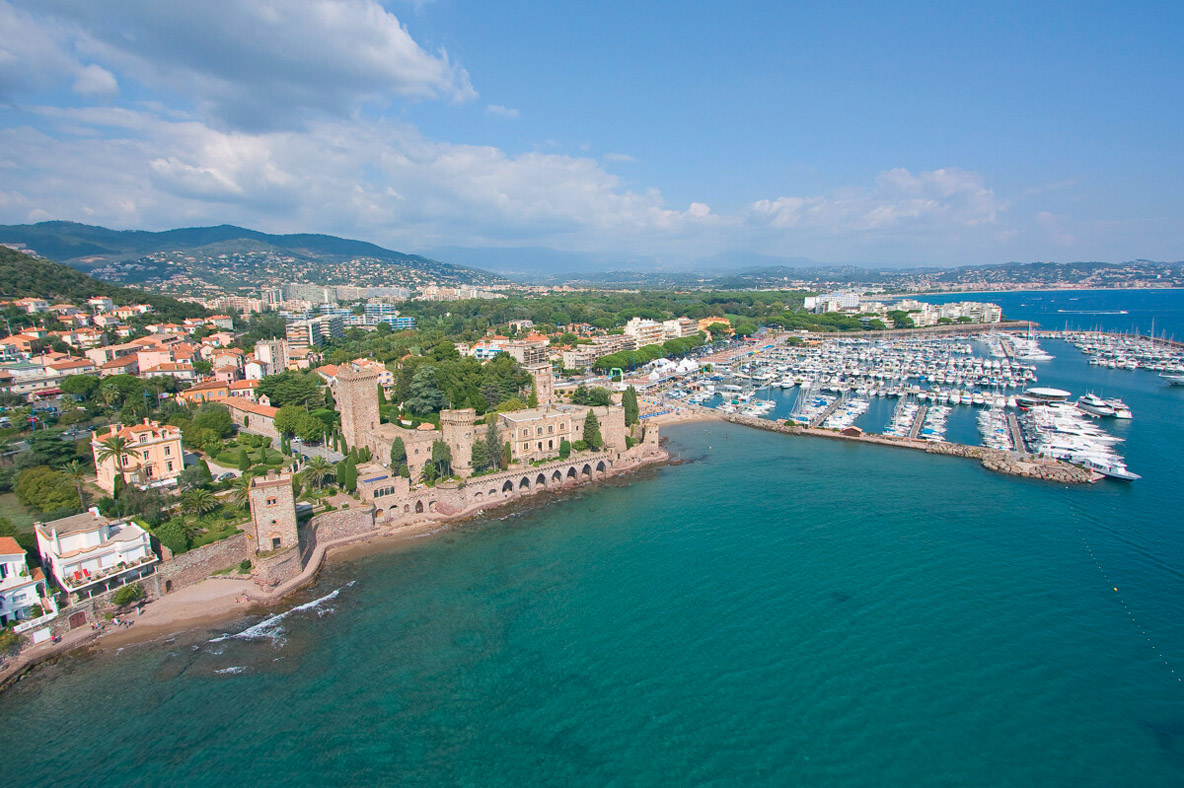
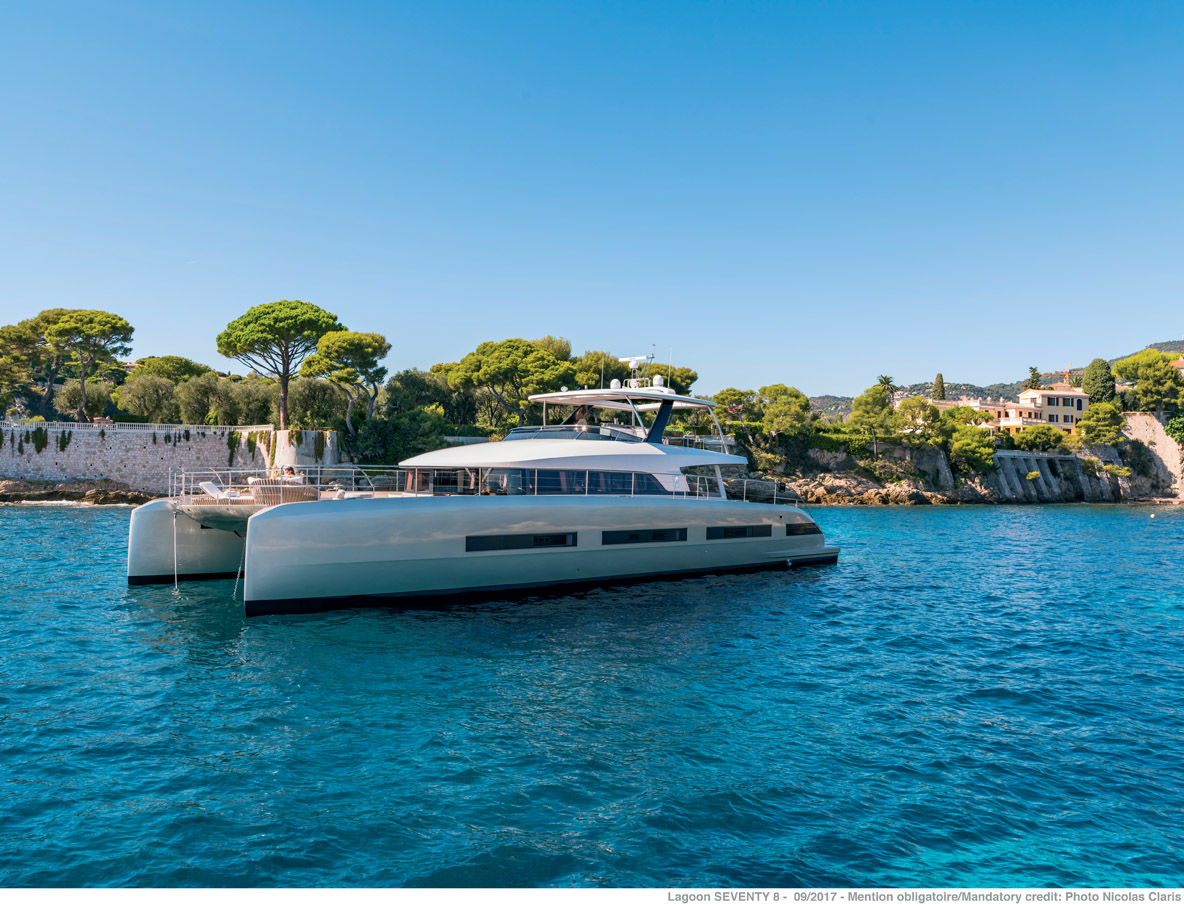
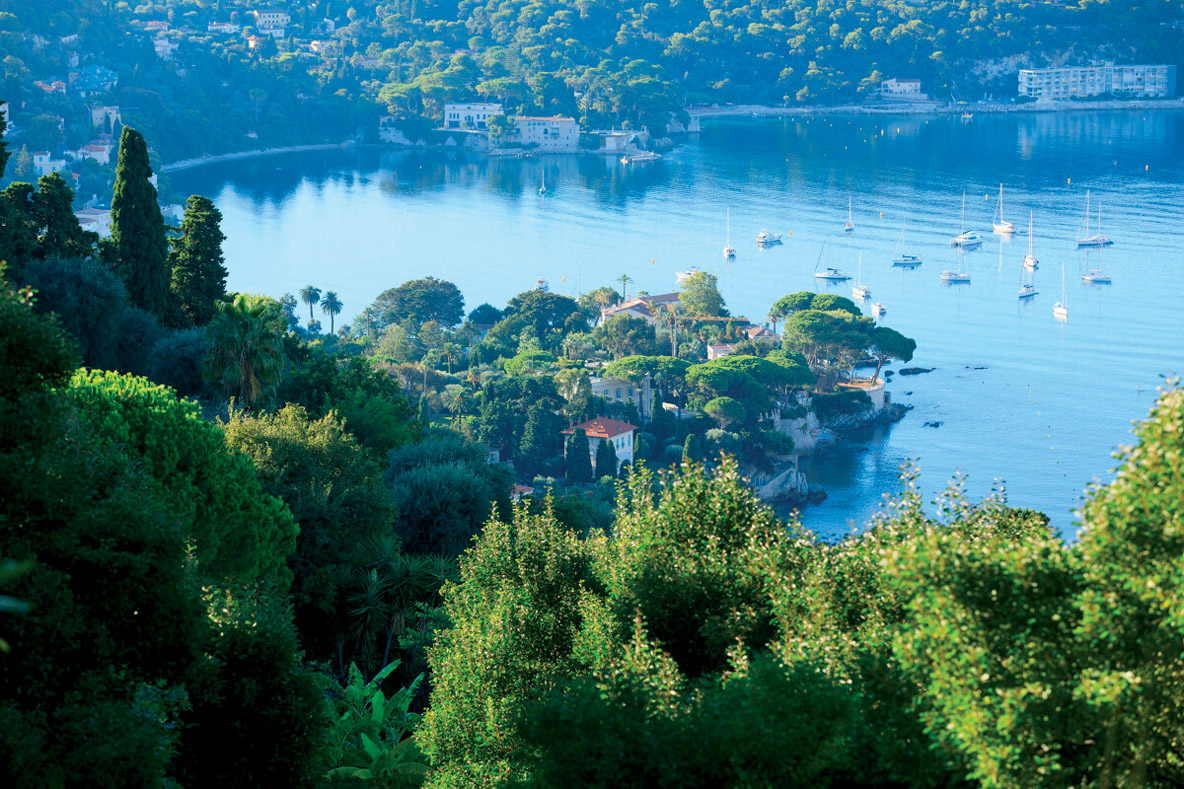
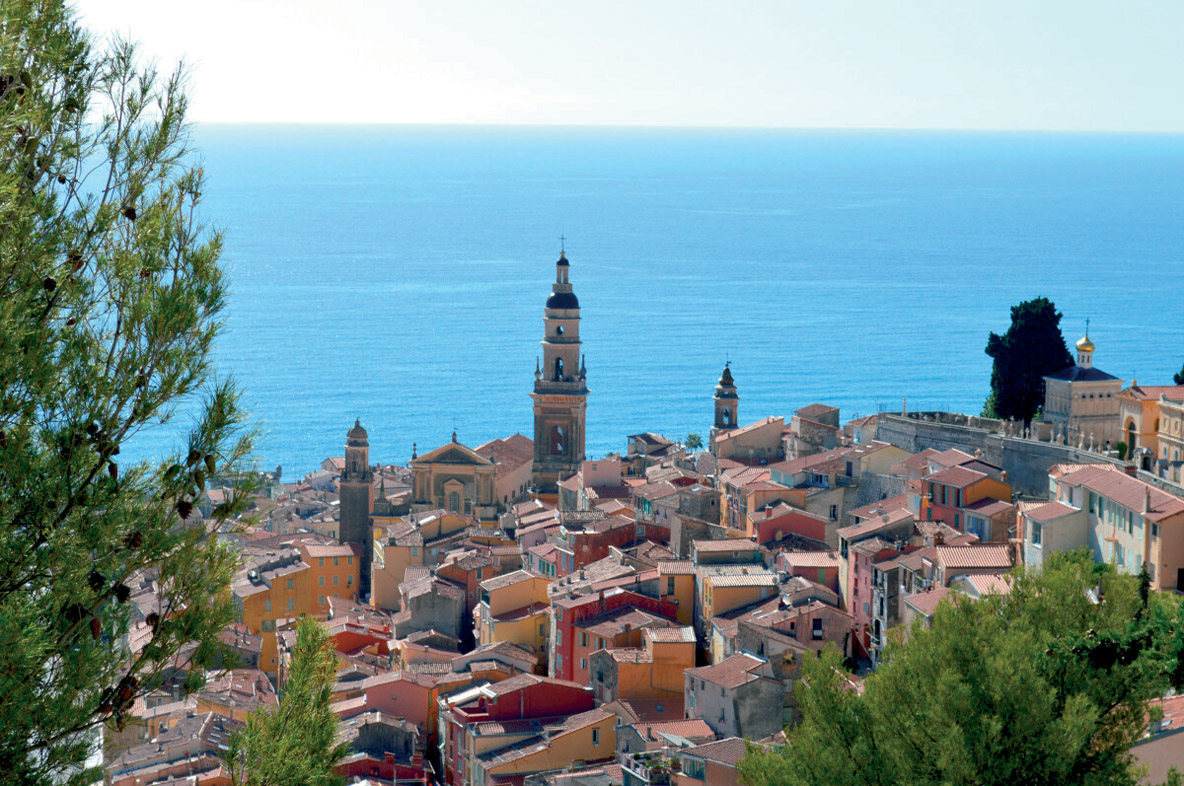
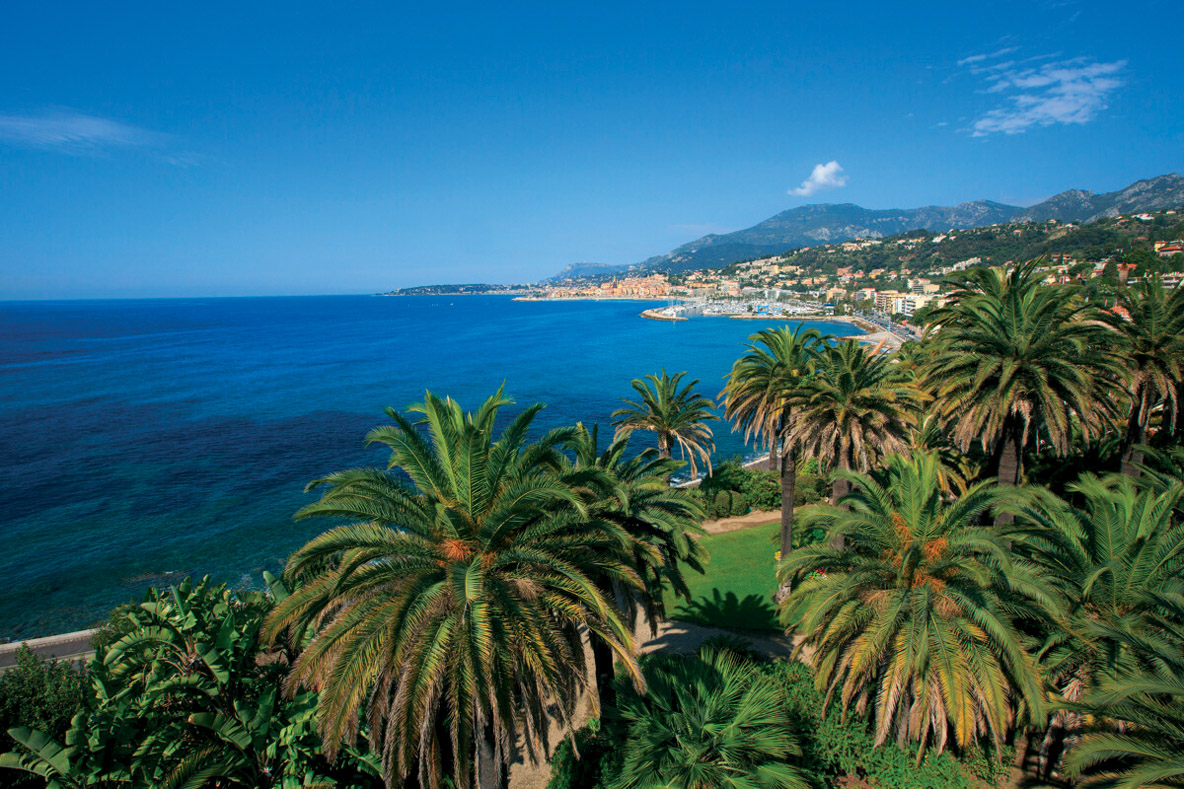
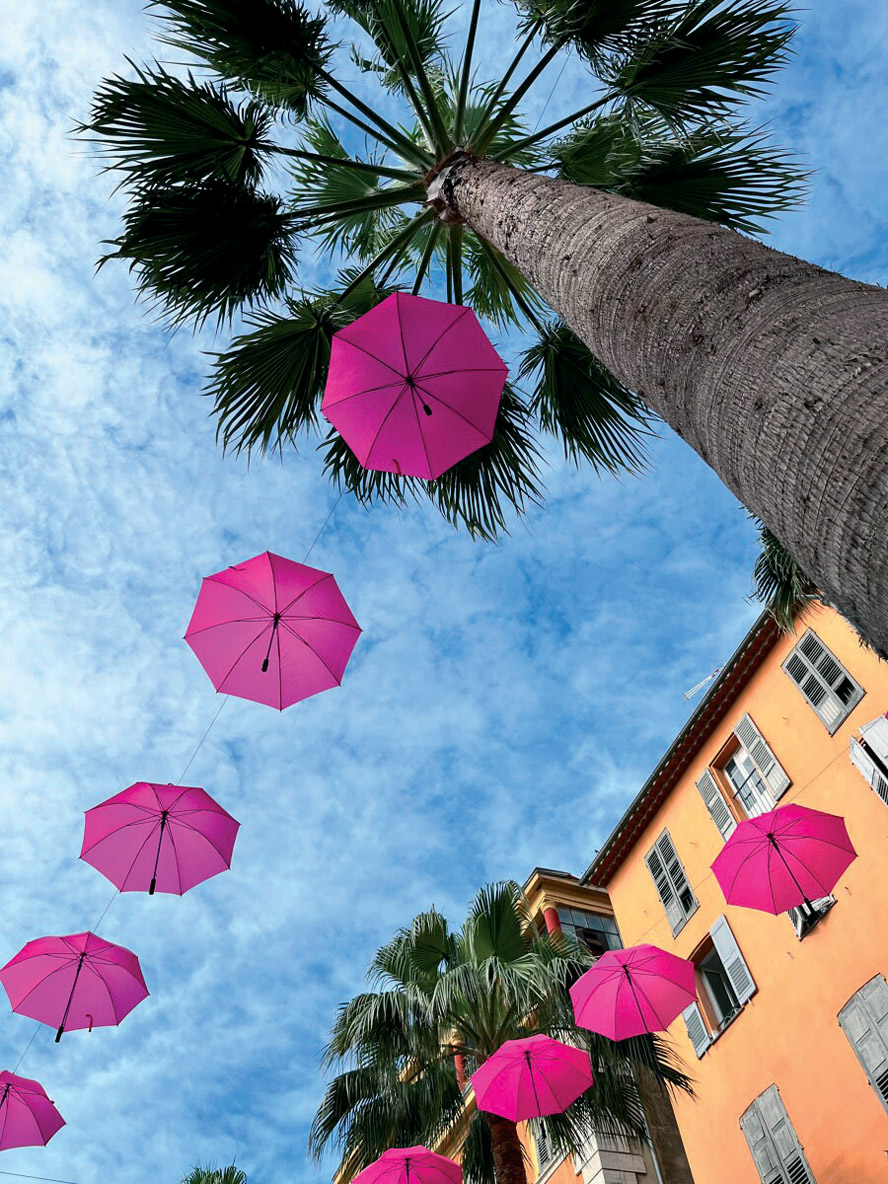
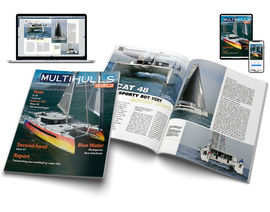
What readers think
Post a comment
No comments to show.